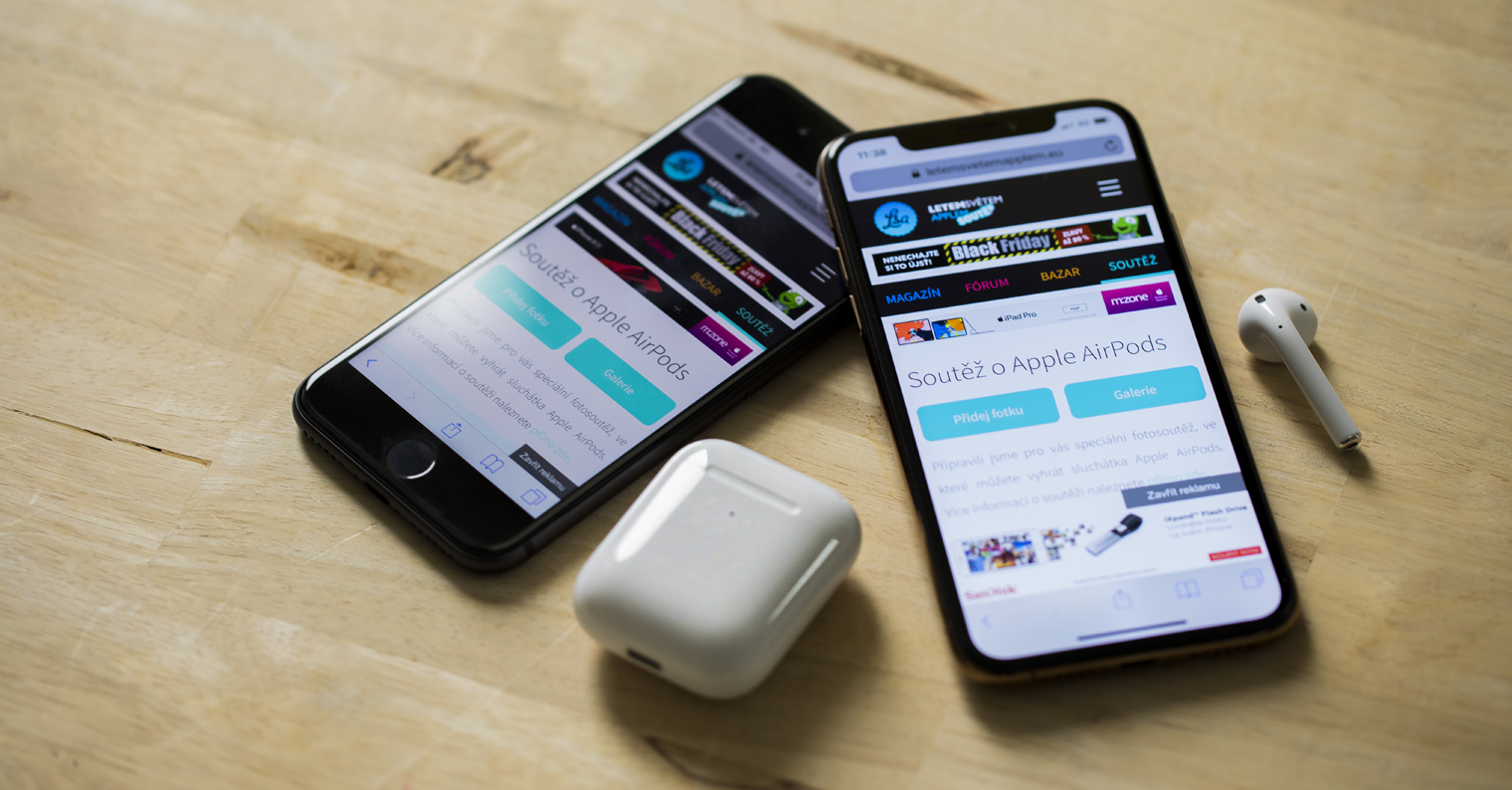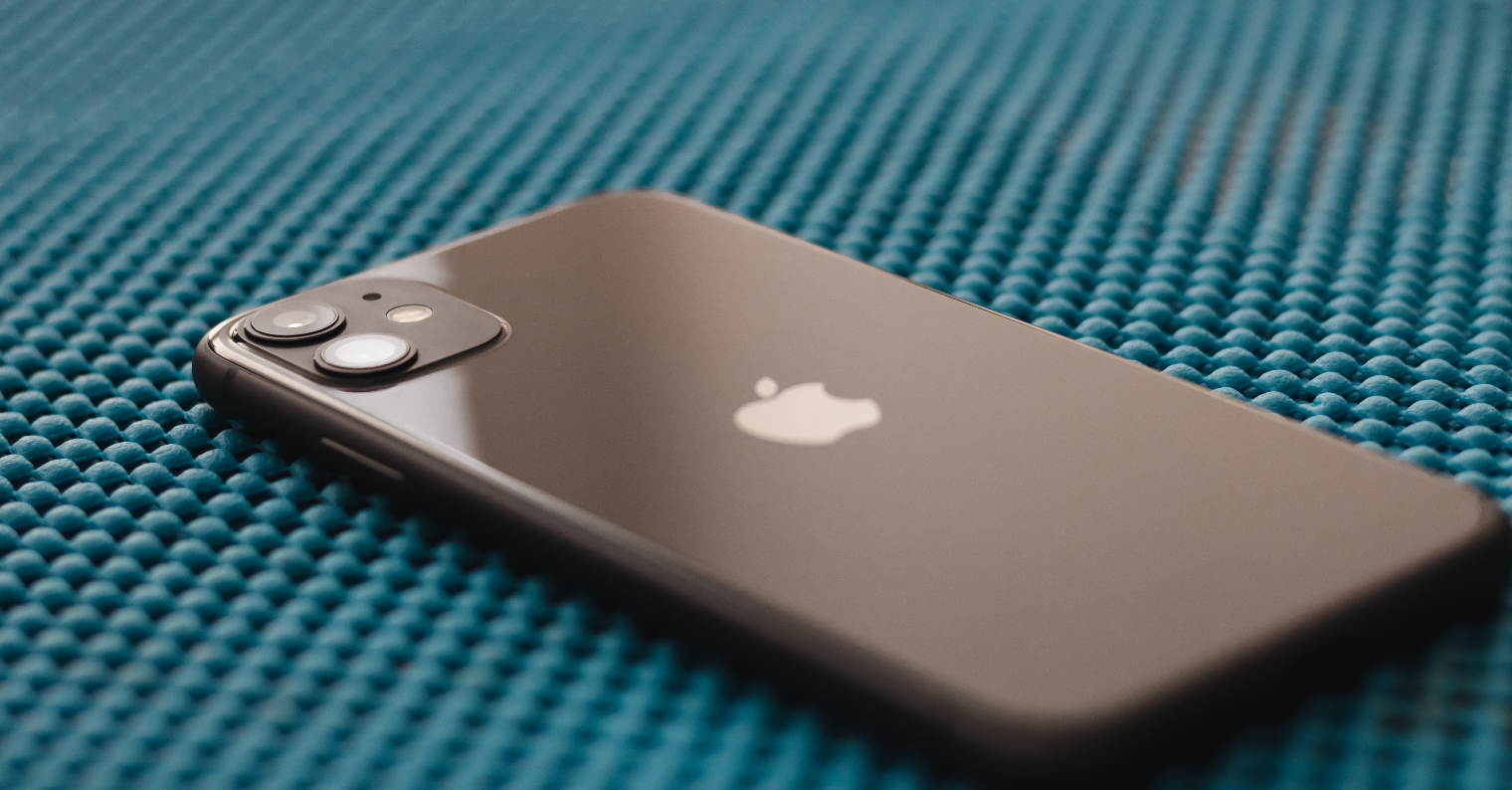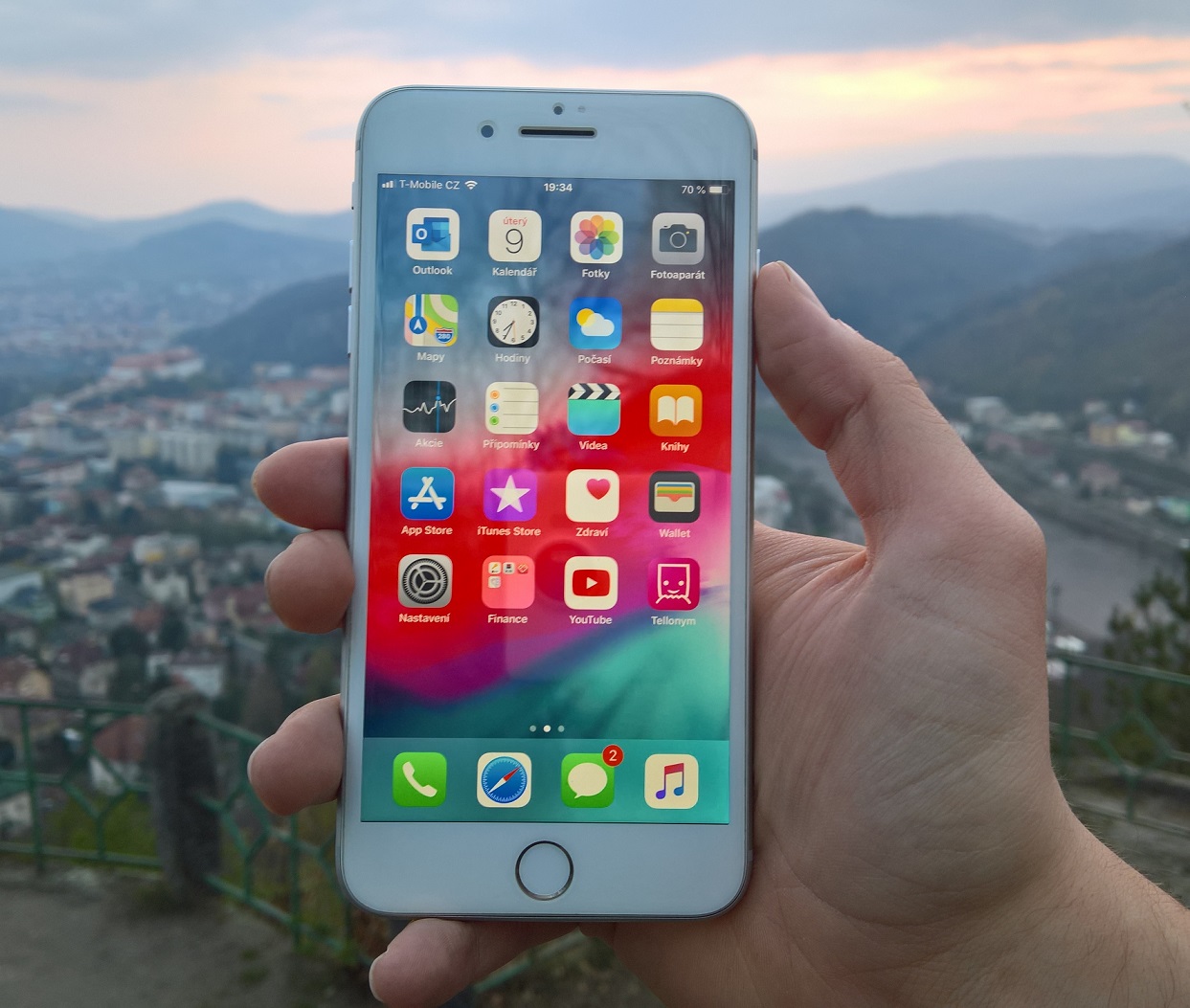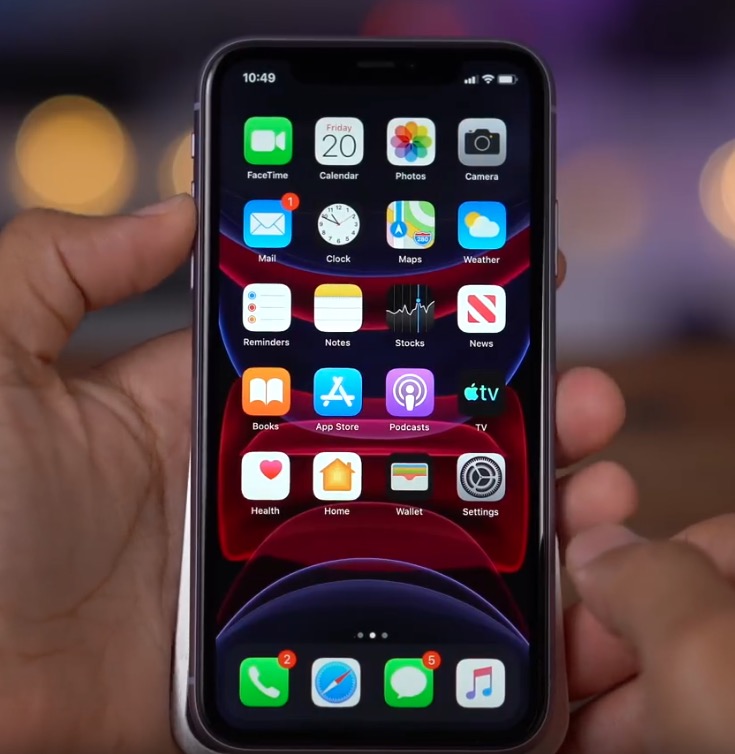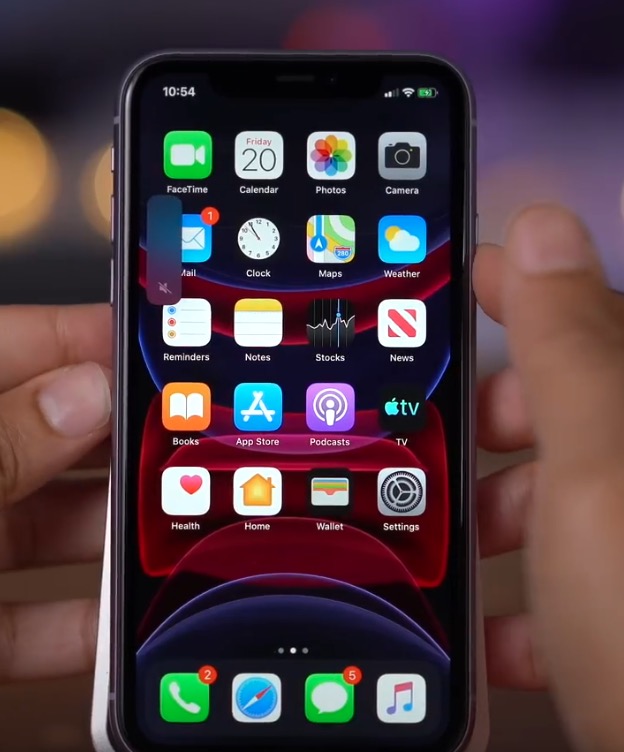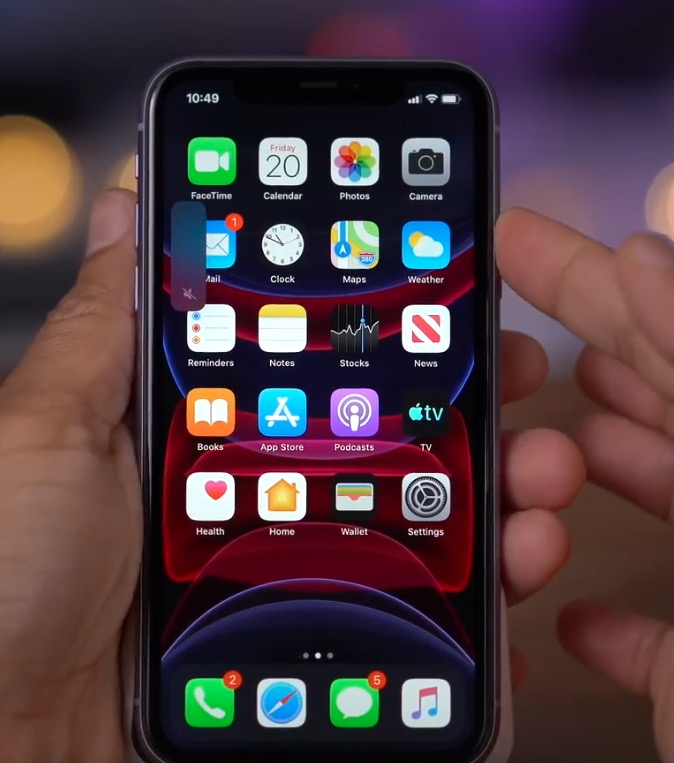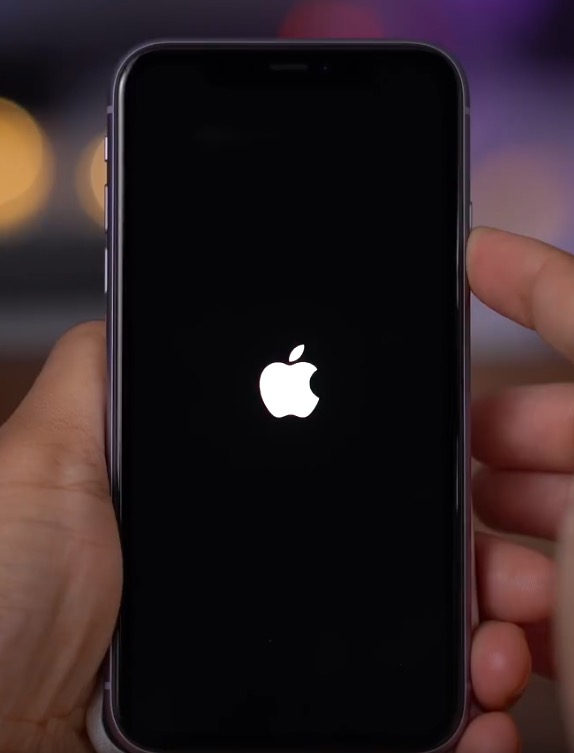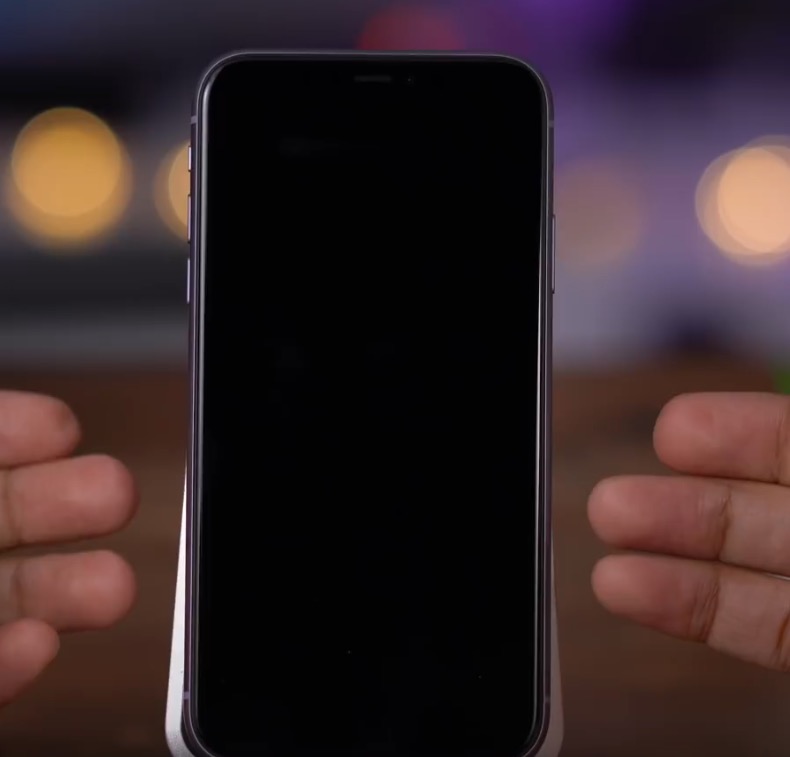Apple products are highly reliable, which is one of the main reasons why they are so popular. But even a master carpenter sometimes gets cut, and in rare cases you may find yourself in a situation where your iPhone (or iPad) simply stops working. Malfunction can manifest itself in different ways - most often, the screen with the logo appears all the time, sometimes the device turns off after a while after being turned on, and other times it remains "hanging" on a white or black screen. Neither of these situations is pleasant, especially when it comes at the least convenient time.
It could be interest you
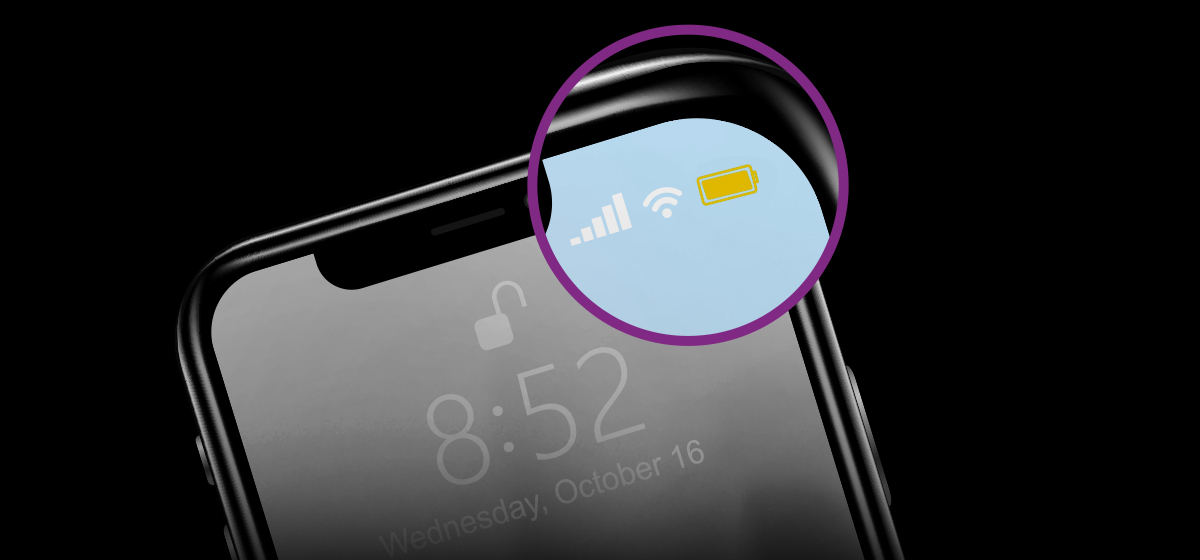
If you have ever found yourself in one of the above situations when your apple device stopped working, you may have come across the terms Recovery and DFU, also known as Recovery and DFU mode in Czech, when searching for the cause and the repair procedure. If, on the other hand, you haven't had the slightest problem with your device, then definitely do not leave this article. It's quite possible that you too will find yourself in a similar mess at some point in the future - not that we want to invite anything. But in all cases, it is a hundred times better to be prepared than surprised. If you are not sure what Recovery mode and DFU mode mean and do, or if you do not know what the differences are between these modes, then we will look at everything you need right in this article.
What is the difference between Recovery and DFU mode
If you go into Recovery mode, the iBoot bootloader will be loaded. Its task is relatively simple - it must ensure that the iOS version that the user is trying to install. is the same or newer compared to the version currently installed on the device. For example, if you try to install iOS 14.0 on a device that already has iOS 14.1 installed, iBoot will prevent you from doing so. On the other hand, using DFU (Direct Firmware Upgrade) mode does not load iBoot. Thanks to this, you can also install an older version of the operating system on your device. However, it should be noted that this older version must still be signed by Apple itself. If you would like to install a version of iOS that is not signed, you will not succeed.
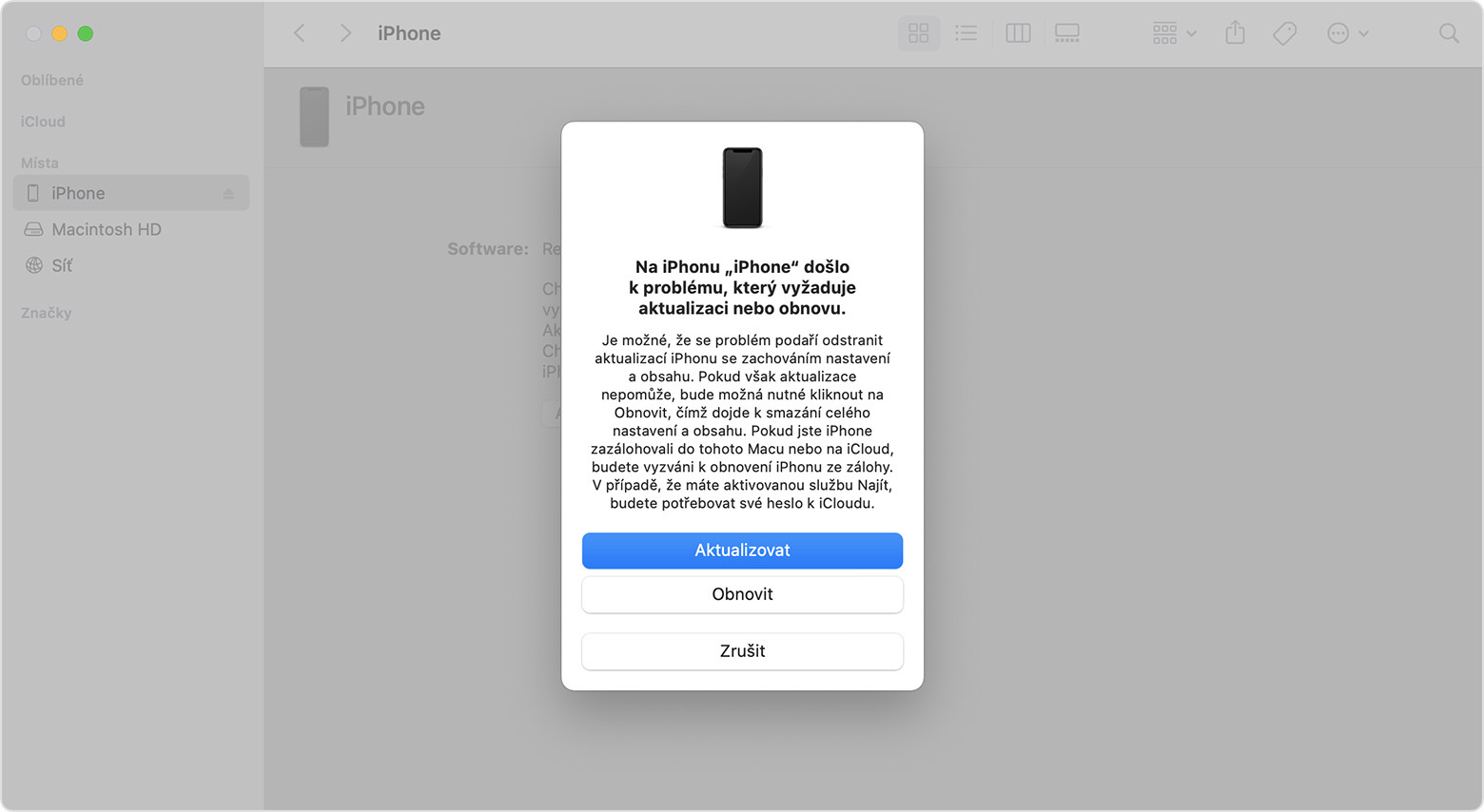
But most of you are probably wondering when they should use Recovery mode and when they should use DFU. If your iPhone stops working for some reason, it is always recommended to use Recovery mode first. When the Recovery mode is loaded, you can start reinstalling the operating system first, without losing data. If this process doesn't help, you can also perform a clean install via Recovery mode. DFU mode is useful when everything else fails, including the device itself. When it is activated, the operating system is not loaded at all, and all communication is carried out through a Mac or computer. With DFU mode, you can always only perform a clean installation of the operating system, so you will lose all data.
It could be interest you
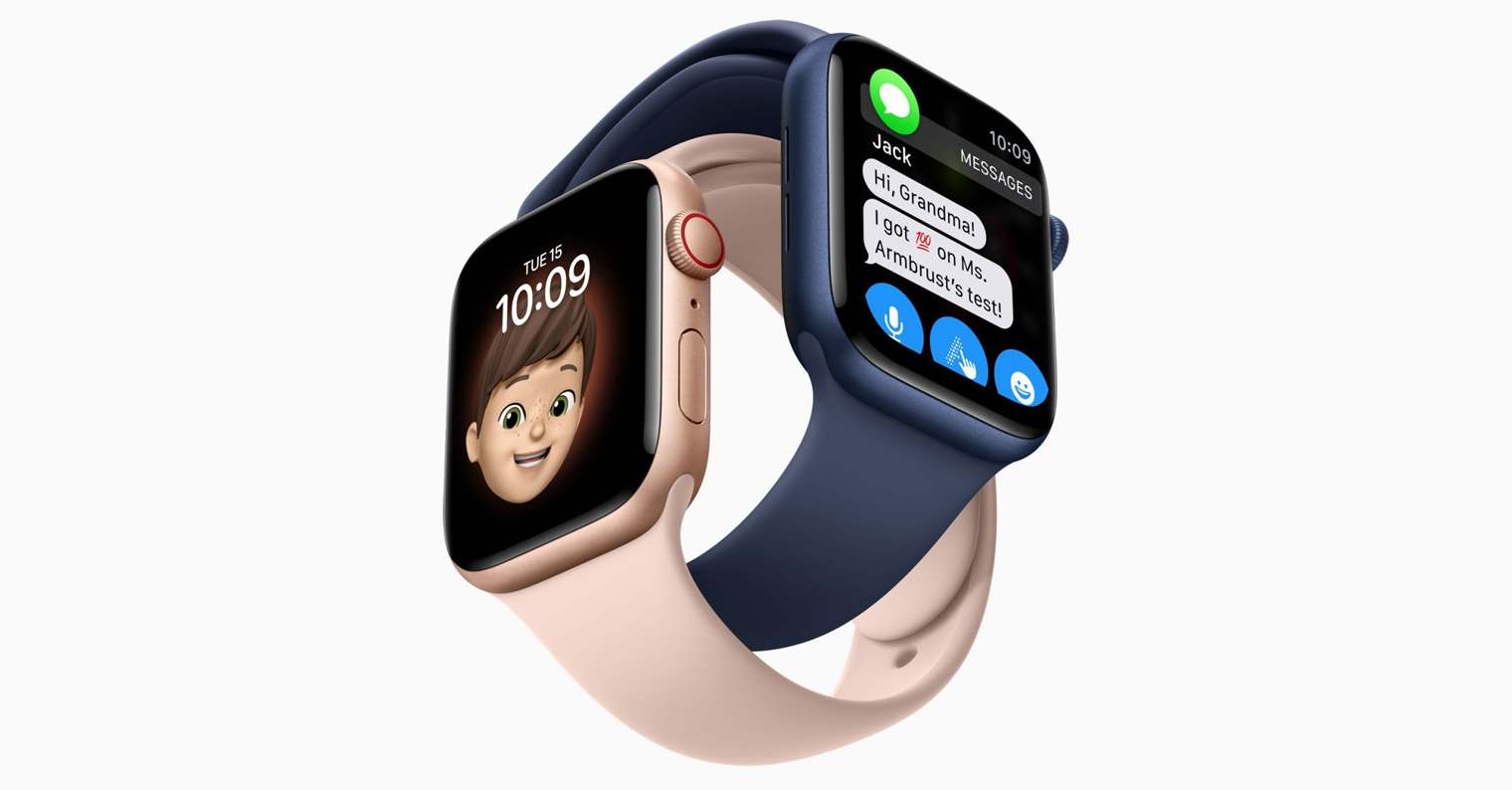
How to get into Recovery Mode?
As mentioned above, you can use Recovery mode as the first option if your iPhone has any problems. You can use it to update or restore the system. Before starting it is necessary that you They connected the iPhone to a computer or Mac using a cable. After booting into Recovery mode, a computer and cable icon will appear on the device screen. You can get to it as follows:
- iPhone 8 and later: Press and quickly release the volume up button. Then press and quickly release the volume down button. Finally, hold the side button until you see the recovery mode screen.
- Iphone 7: Hold the top (or side) button and the volume down button at the same time. Keep holding them until you see the recovery mode screen.
- iPhone 6s and older: Hold down the desktop button along with the top (or side) button. Keep holding them until you see the recovery mode screen.
How to get into DFU mode?
If the Recovery mode did not help you and your iPhone still does not work, or if you did not manage to get the iPhone into the Recovery mode, then it is necessary to use the DFU mode. When using it, the system will not start at all, and you can only perform all actions via a computer or Mac. After launching it, the screen of the device remains black. Before running DFU it is necessary that your They connected the iPhone to a computer or Mac with a cable. You can then access it as follows:
- iPhone X and later: Press and release the volume up button. Press and release the volume down button. Hold the side button for 10 seconds until the iPhone screen goes black. Hold the side button, press the volume down button for 5 seconds, then release the button and hold the volume down button for another 10 seconds (the screen should remain black).
- iPhone 7 and 8: Turn off the device. Hold the power button for 3 seconds. After three seconds, hold the power button and the volume down button at the same time. Hold both buttons at the same time for about 10 seconds.
- iPhone 6s and older: Turn off the device. Hold the power button of the device for 3 seconds. After three seconds, you will hold both the power button and the home button. Hold both buttons at the same time for about 10 seconds. Release the Power button for ten seconds, but still hold the Home button.

